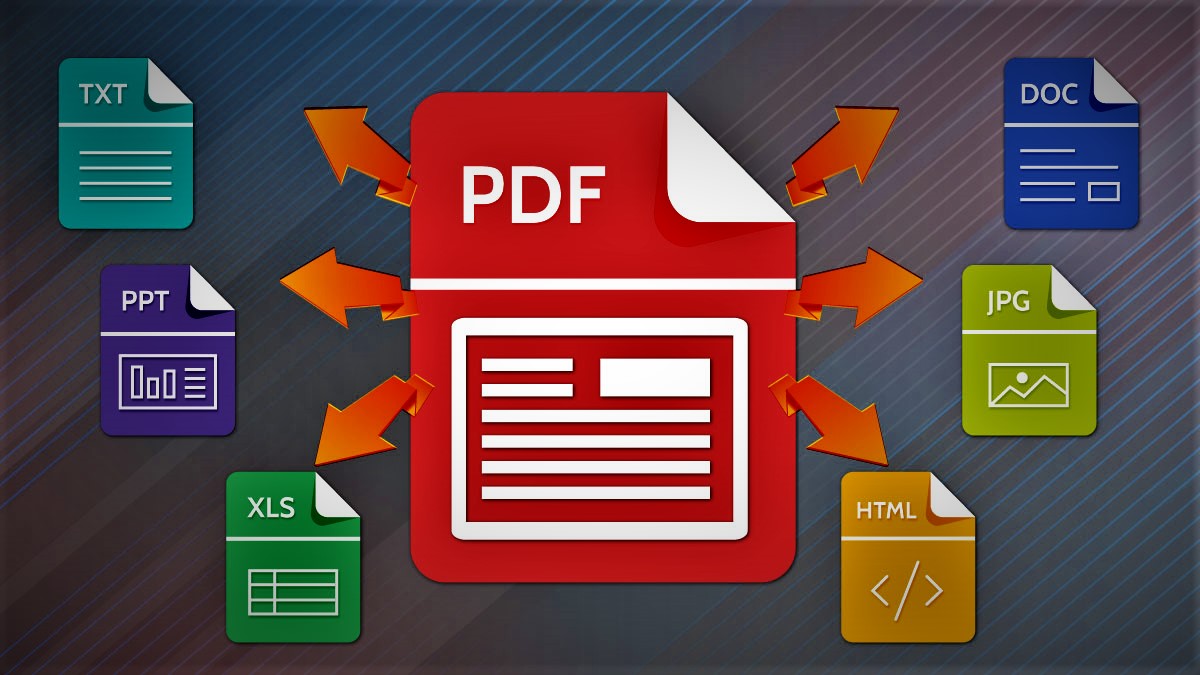The History of the PDF

Did you know that in the year 2017 there were more than 200 billion pdf files opened around the globe? Portable document format files are one of the most important and most common types of files when it comes to computers today.
But you might be wondering, what is a PDF and what is the history of PDF? PDFs have revolutionized the way that work is done across the world. They’ve helped to bring about paperless workplaces.
It is important to understand PDF history and the importance that PDF file format plays in the office as well as in school settings. Continue reading to learn more about the history of PDF files.
Related Topic : Having Trouble Unlocking a PDF File? Use PDFBear!
History of PDF
As technology has grown and paperless workplaces have become more mainstream, PDFs play an increasingly important role. PDFs first came around in the early 1990s when one of the Adobe founders, John Warnock, invented them.
PDFs were invented with the intention of allowing a file format where documents were sent around the workplace and displayed on computers instead of using paper. They also tried to eliminate the need for any particular operating system.
The first form of PDF was PDF 1.0. This format allowed for links and bookmarks. It also allowed for users to change the font. The big weakness of the initial PDF technology was that it was limited to the RGB color spectrum.
After releasing the initial type of PDF, Adobe Acrobat 2 came out. This upgraded form of Acrobat allowed for external links, article threads, and additional security features when it came to PDF files. This program came at a steep price with the cost starting around $4,000.
Despite the growth that PDFs experienced, Adobe didn’t stop trying to improve their invention. Acrobat 4 took big steps towards addressing the prepress needs. PDF 1.3 got released in the spring of 1999 and allowed for a wider array of colors that looked much better than previous versions.
Users experienced some bugs with Acrobat 4, but Adobe provided free use to users in North America and Europe that gave them access to the bug fixes. By this point, PDFs were a widely accepted file format.
Introduction of Modern PDF Files
Acrobat 5 and 6 came with the newest updates to PDF files. The new PDFs were built to improve compression techniques and support layers to the files.
The most beneficial changes were to Acrobat, which now allowed for integrated prelighting, rulers and guides, and PDF/X support.
These advances continued the progress that PDFs made within the global workforce as a way to send and share files and information in a paperless workplace.
Then, in 2017 PDF 2.0 got released. PDF 2.0 allows for increased transparency as well as spot color definitions. It also leads to programs like aspose pdf that allow for the conversion of PDF files.
Make PDF Files a Staple of Your Workplace
The history of PDF is important because PDFs have shaped the way that information gets shared and how businesses operate. IT started as a pet project at Adobe and it continues to grow into one of the most common and popular types of files in the world today.
For more helpful and informative articles on a range of topics, be sure to check out our blog.





